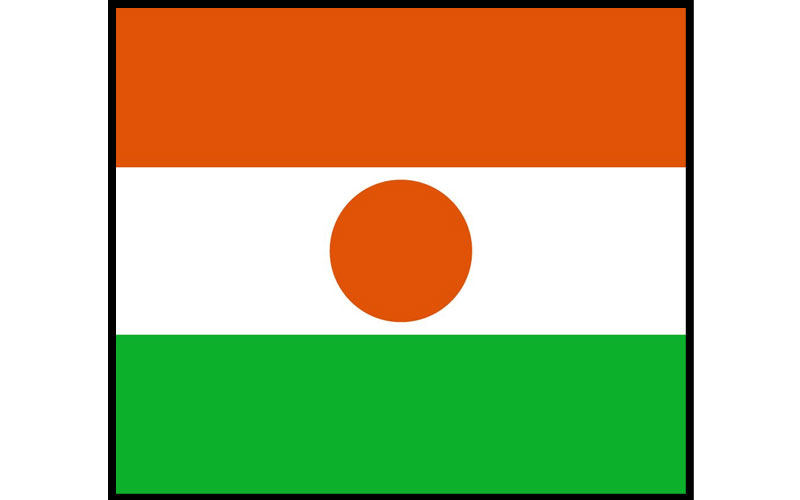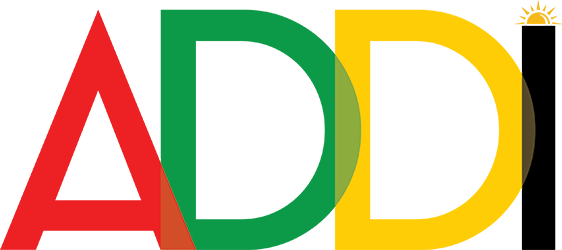
President: Mahamadou Issoufou (2011)
Prime Minister: Brigi Rafini (2011)
Land area: 489,072 sq mi (1,266,699 sq km); total area: 489,189 sq mi (1,267,000 sq km)
Population (2014 est.): 17,466,172 (growth rate: 3.28%); birth rate: 46.12/1000; infant mortality rate: 86.27/1000; life expectancy: 54.74
Capital and largest city (2011 est.): Niamey, 1.297 million
Other large cities: Zinder, 202,300; Maradi, 189,000
Monetary unit: CFA Franc
National name: République du Niger
Languages: French (official), Hausa, Djerma
Ethnicity/race: Haoussa 55.4%, Djerma Sonrai 21%, Tuareg 9.3%, Peuhl 8.5%, Kanouri Manga 4.7%, other 1.2% (2001 census)
Religions: Islam 80%, indigenous beliefs, and Christian 20%
National Holiday: Republic Day, December 18
Literacy rate: 28.7% (2005 est.)
Economic summary: GDP/PPP (2013 est.): $13.98 billion; per capita $800. Real growth rate: 6.2%. Inflation: 1.9%. Unemployment: n.a. Arable land: 11.79%. Agriculture: cowpeas, cotton, peanuts, millet, sorghum, cassava (tapioca), rice; cattle, sheep, goats, camels, donkeys, horses, poultry. Labor force: 4.688 million (2007 est.); agriculture 90%, industry and commerce 6%, government 4%. Industries: uranium mining, cement, brick, soap, textiles, food processing, chemicals, slaughterhouses. Natural resources: uranium, coal, iron ore, tin, phosphates, gold, petroleum. Exports: $1.539 billion (2013): uranium ore, livestock, cowpeas, onions. Imports: $2.314 billion (2013): foodstuffs, machinery, vehicles and parts, petroleum, cereals. Major trading partners: France, Nigeria, U.S., French Polynesia, Côte d’Ivoire, China, Togo, Ghana, India, Italy (2012).
Communications: Telephones: main lines in use: 100,500 (2012); mobile cellular: 5.4 million (2012). Broadcast media: state-run TV station; 3 private TV stations provide a mix of local and foreign programming; state-run radio has only radio station with a national reach; about 30 private radio stations operate locally; as many as 100 community radio stations broadcast; transmissions of multiple international broadcasters are available (2007). Internet hosts: 454 (2012). Internet users: 115,900 (2009).
Transportation: Railways: 0 km. Roadways: total: 18,949 km; paved: 3,912 km; unpaved: 15,037 km (2010). Waterways: the Niger is navigable 300 km from Niamey to Gaya on the Benin frontier from mid-December through March. Ports and harbors: none. Airports: 30 (2013).
Fun Facts
- Unlike the Nile that is unclear, the Niger River is clear over the whole course. This is attributed to an absence of silt.
- The main staple food of Niger is millet.
- Traditional sports such as horse racing, camel racing, and wrestling still survive and form a focal point in the socialization of the Niger people.
- Tuareg men wear blue-dyed veils across their eyes and were referred to as the “Blue Men” of the
- Sahara Desert in bygone times.
- Niger is considered one of the hottest nations in the world and is aptly nicknamed the “Frying Pan of the World.”
